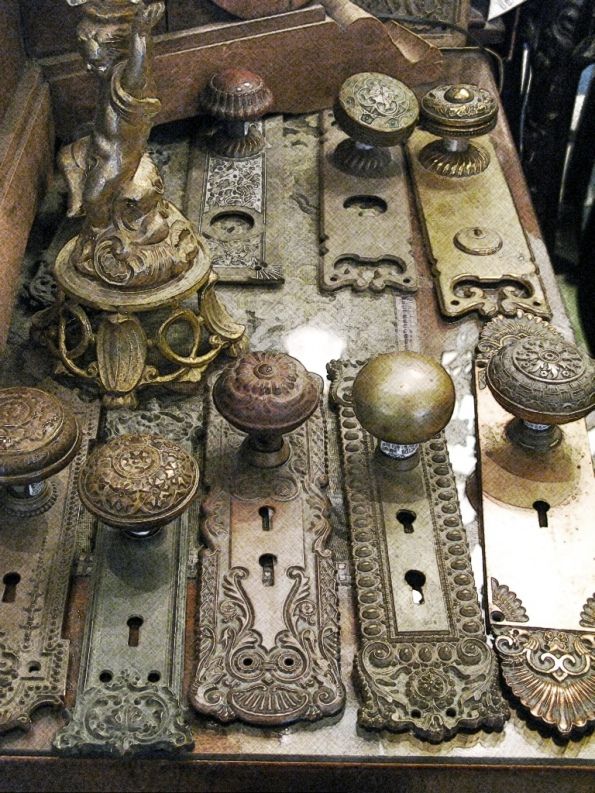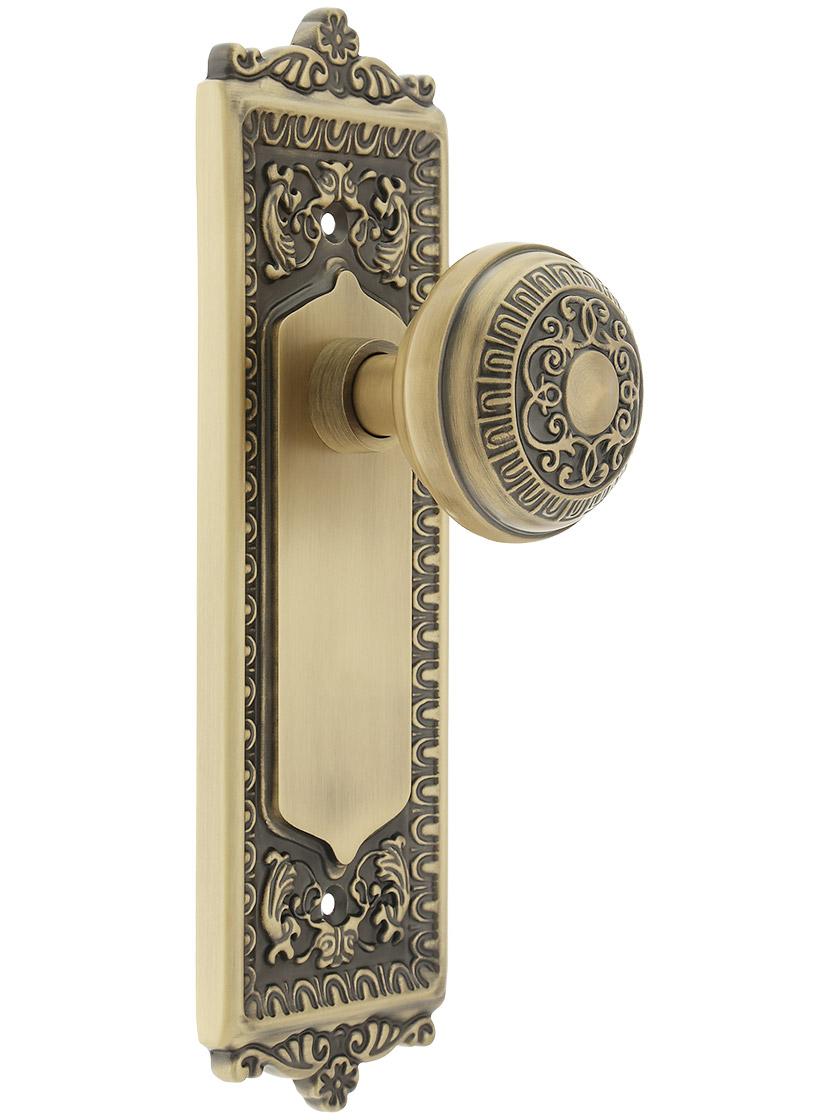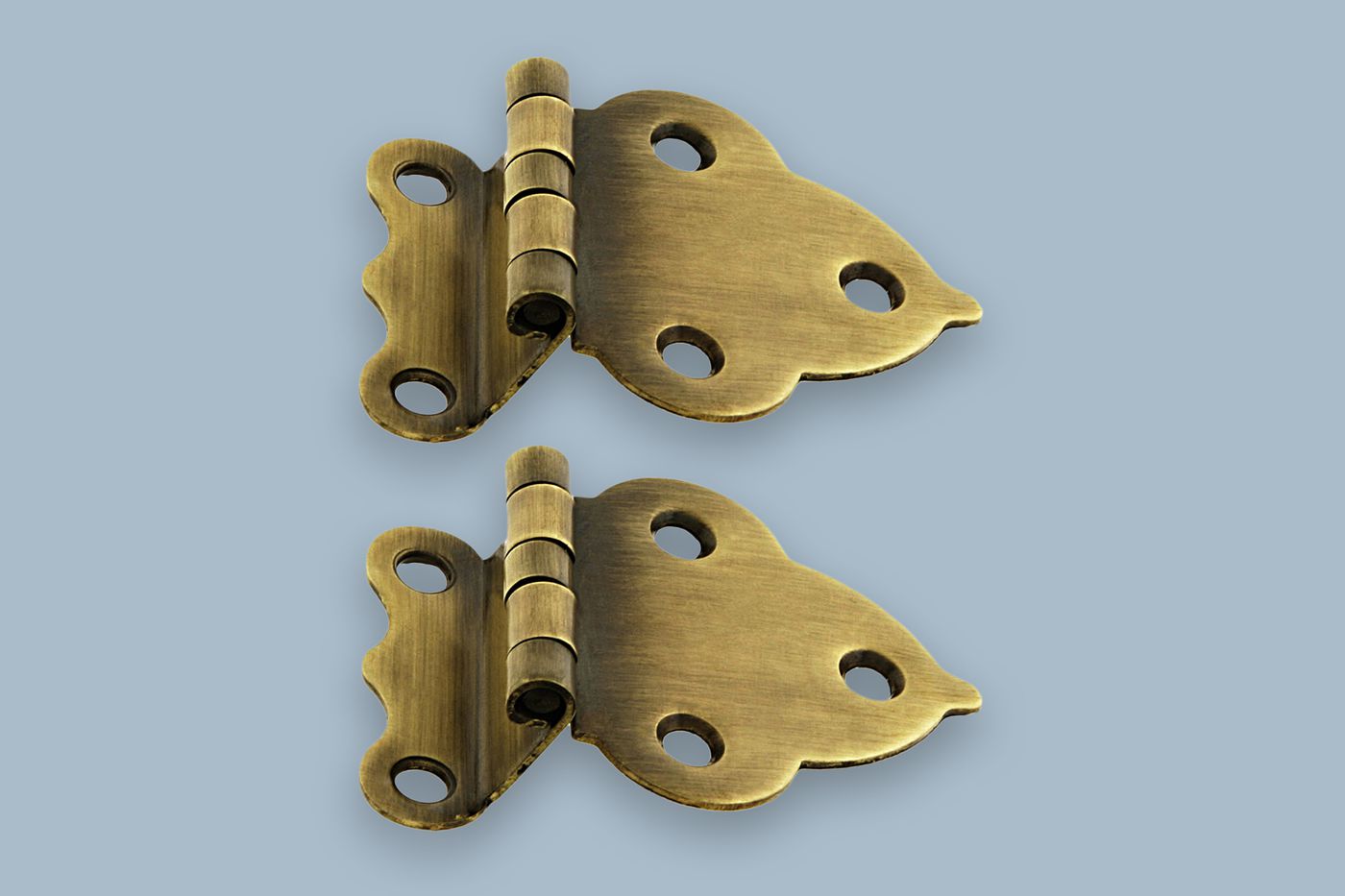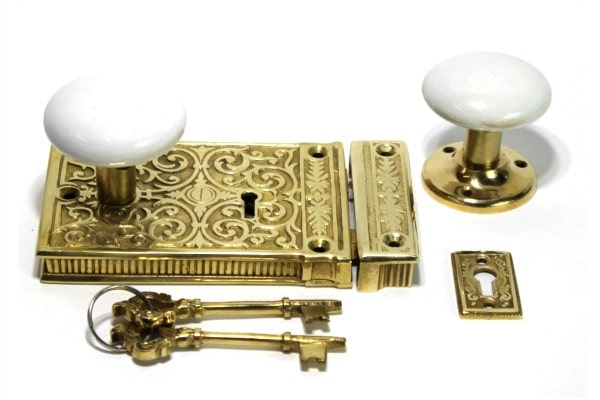 Men and women buy and wear gold, silver, and precious jewels in order to show their affection and appreciation. By so doing it makes an impression when others see these adornments. Historically, people who loved their houses also bought beautiful jewellery to decorate their home and make it more attractive thus impressing those who came to visit. “Estate” jewellery has been popular for over a 100 years, and there is now a revival in the popularity and value of antique “real estate” jewellery that once adorned the mansions and the finer homes of the British upper class. For nearly 40 years it was almost forgotten and often lost or thrown away, but it is finally coming back into fashion and quickly going up in value.
Men and women buy and wear gold, silver, and precious jewels in order to show their affection and appreciation. By so doing it makes an impression when others see these adornments. Historically, people who loved their houses also bought beautiful jewellery to decorate their home and make it more attractive thus impressing those who came to visit. “Estate” jewellery has been popular for over a 100 years, and there is now a revival in the popularity and value of antique “real estate” jewellery that once adorned the mansions and the finer homes of the British upper class. For nearly 40 years it was almost forgotten and often lost or thrown away, but it is finally coming back into fashion and quickly going up in value.“Real estate jewellery” includes many categories: stained glass, elaborate doorknobs, hinges, and a variety of hardware and woodwork that will add beauty to any home. These are true forms of industrial jewellery at its finest, but not the kind worn on the body. Doorknob collectors were once thought to be a strange group limited in numbers, but their pursuit is rapidly becoming more in demand than ever before. The most recent trend, though, is for average collectors to display their knobs on the doors of their homes.
In the late 1800's, the elite were building incredible homes and the best were filled with many architectural delicacies. Doorknobs were the most accessible and commonly handled of these “jewels. Modern doorknob designs may be all too plain and mundane, but that was certainly not the case back then.
 There were thousands of patterns, shapes, and designs of unique and gorgeous door hardware to choose from, most of it made by artists and craftsmen whose pride and quality cannot be matched today.
There were thousands of patterns, shapes, and designs of unique and gorgeous door hardware to choose from, most of it made by artists and craftsmen whose pride and quality cannot be matched today.  Not limited to porcelain and brass, there were also hand cut leaded crystal knobs with facets like diamonds and beautiful controlled bubble glass knobs that filled one with wonder at how they must have been created. Rich deep colours like ruby red, emerald greens, sapphire blues, obsidian, and topaz ambers were all available. While these jewels were the equivalents of precious stones in the home, there was also the ornate compression cast brass and bronze doorknobs of the times that were as beautiful as any precious jewellery. From figures of lions, dragons, angels, eagles, Indians, and famous people, to mountain scenes, flowers, and butterflies, the hardware was incredible.
Not limited to porcelain and brass, there were also hand cut leaded crystal knobs with facets like diamonds and beautiful controlled bubble glass knobs that filled one with wonder at how they must have been created. Rich deep colours like ruby red, emerald greens, sapphire blues, obsidian, and topaz ambers were all available. While these jewels were the equivalents of precious stones in the home, there was also the ornate compression cast brass and bronze doorknobs of the times that were as beautiful as any precious jewellery. From figures of lions, dragons, angels, eagles, Indians, and famous people, to mountain scenes, flowers, and butterflies, the hardware was incredible.Besides the realistic figural images of life, there were the architectural patterns from the Greek, Romanesque, Gothic, Oriental, French as well as Italian, German, and British Renaissance, to mention only a few. The designs ranged from simple asymmetric motifs to complex 12-fold patterns, as well as emblematic and fraternal designs such as the Masons, the owner’s initials, or family crest. Finally, if the patterns were not enough, there were also many doorknob shapes to choose from ranging from: ovals, barrels, squares, hexagons, domed tops, filigreed, and levers to name just a few.
Amazingly, in spite of the tens of thousands of doorknobs that were thrown away or donated to the government for the “brass drives” during the WWII, many of these jewels have survived. As a consequence there is a limited supply and a growing demand that is driving up prices as people rediscover and use these architectural treasures in their modern homes as well as in "Old House" restorations. These samples of house jewellery are certainly hard to find and only the largest of architectural antique stores will have a big selection.


